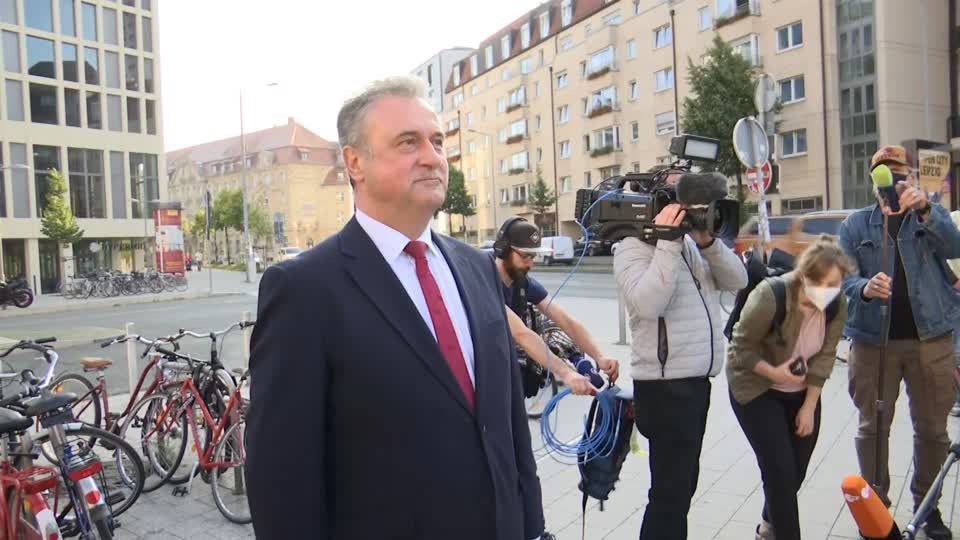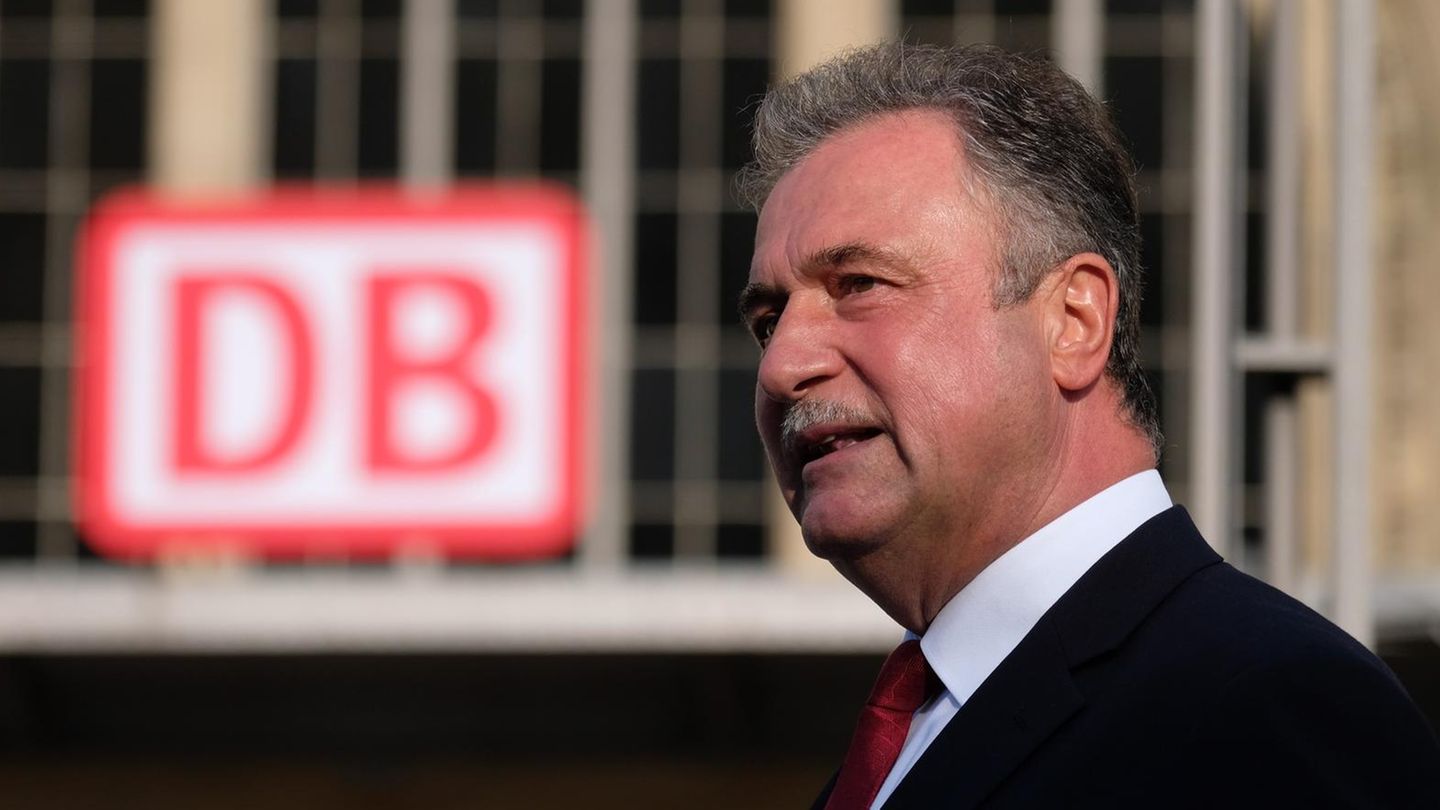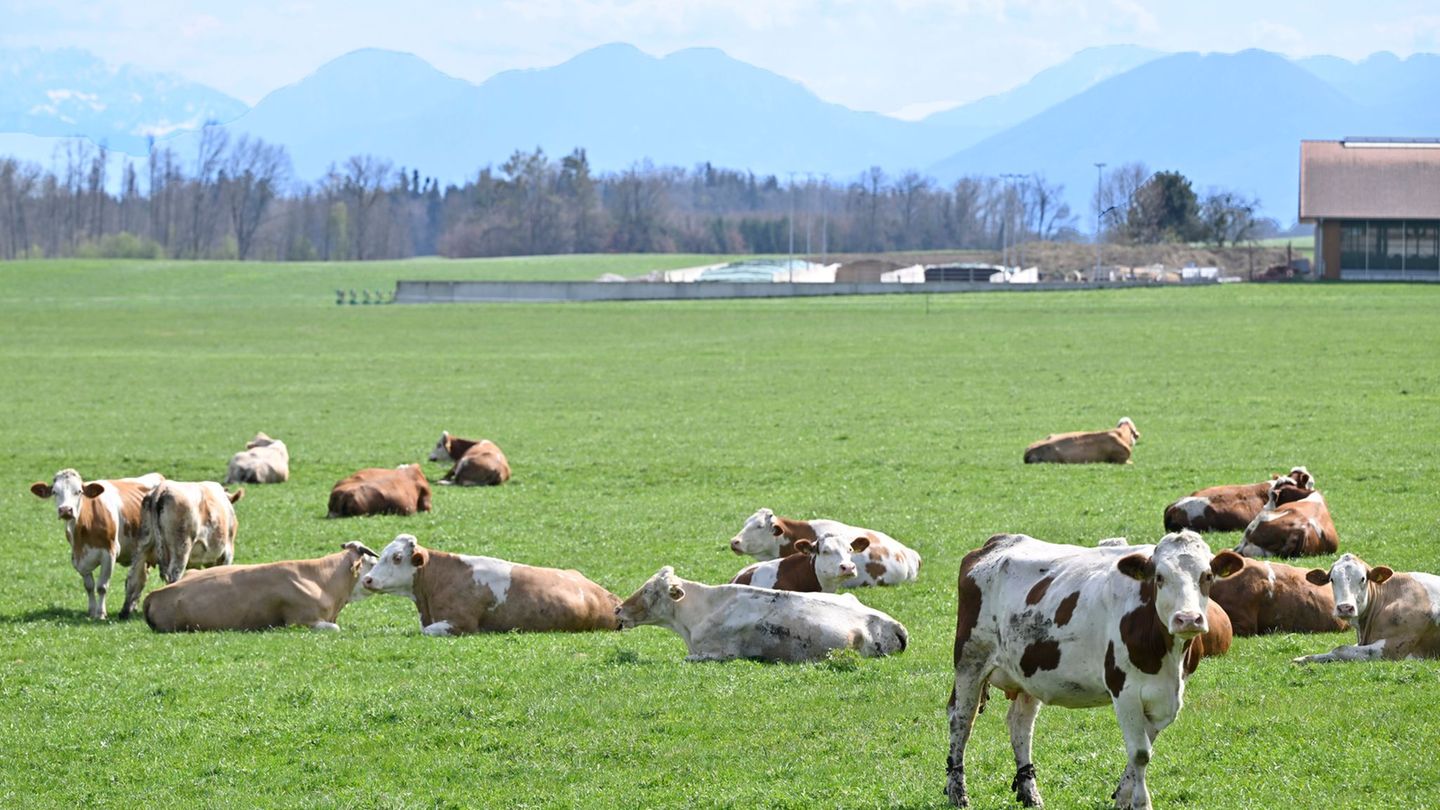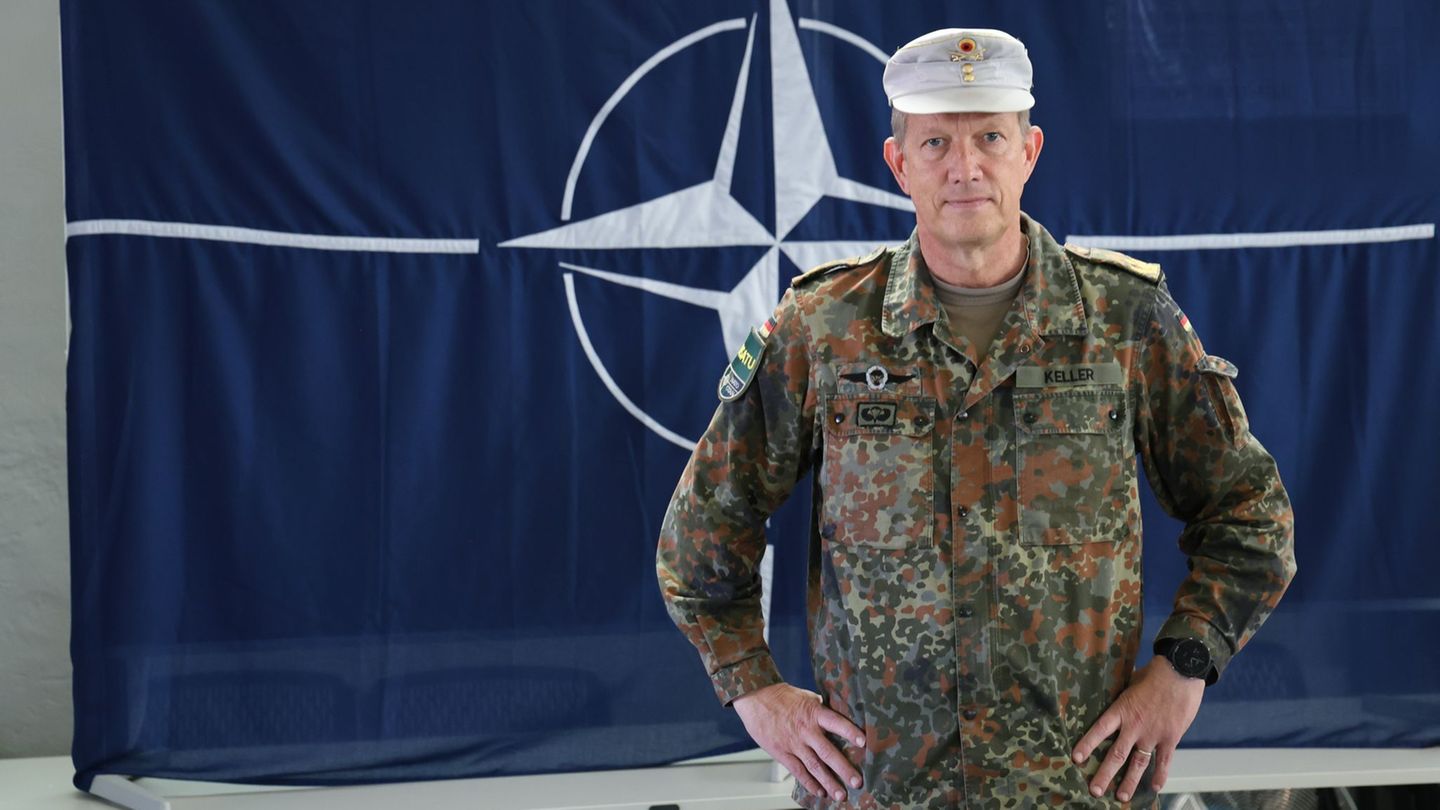opinion
In the power struggle of the GDL with the railway and the rival union EVG, it is no longer about the actual demand for a salary increase. This is not the way to deal with the right to strike.
On Thursday morning, GDL boss Claus Weselsky was back in his element. “An unacceptable offer belongs on the rubbish heap of history,” said Weselsky, commenting on Deutsche Bahn’s most recent attempt to avert the strike and come to an agreement in the wage dispute. The labor dispute is “making history again”, the union boss called to his followers, “because we are living proof that workers’ rights, trade union rights in this country cannot be trampled upon.”
Of course, strikes are a legitimate tool in the fight for workers’ rights. Sometimes this is the only way for employees to achieve adequate pay and reasonable working conditions. But that’s not what Weselsky and his train driver company GDL are about in the current labor dispute for a long time. She starts the strike in a bizarre power struggle with the rival union EVG, which not only harms the company, but also divides the workforce and affects thousands of commuters and travelers.
Is this escalation justified? First to the numbers: With its latest offer, the railway comes pretty close to the core requirements of the GDL. As requested, she wants to pay 3.2 percent more money and a corona premium of 600 euros. The salary increase should come a little later than required by the GDL and the collective agreement should run a little longer, so that the rail offer de facto does not meet the maximum requirement. But these are details that can be clarified through negotiations or an arbitration process. And there would also be an agreement on company pensions.

Escalation to recruitment
GDL boss Weselsky is currently neither negotiating nor mediating. He would probably not take it even if the train signed all the GDL numbers one-to-one. Because he is interested in something else: Weselsky wants the result of the negotiations not only to apply to the scope of the previous collective agreement. He wants the new GDL tariff to also apply to other railway employees such as dispatchers, workshop employees and other professional groups in the infrastructure companies. He has been vying for new members since 2020 and in some cases with success: According to Weselsky, the GDL has gained 3,000 new members in the last 14 months and now has 38,000 members.
Nevertheless, the EVG, with around 180,000 members, remains the significantly larger union. And this is where the unified collective bargaining law comes into play, which was passed after the last major GDL strike in 2015. This stipulates that in a company with competing unions only the collective agreement of the larger union should apply. The aim was actually to end the competition between the unions, but the opposite is currently the case, because the GDL is trying more uncompromisingly than ever to catch up with the EVG in terms of membership numbers.
Who has the upper hand where?
Some therefore blame the recent escalation of the strike on the politics that made the law – and you can see it that way. However, it must be stated that the law does apply – and the GDL does not really accept it, although it has so far lost all lawsuits against it. In order to solve the dilemma of who is allowed to represent which employees, it is actually intended that it be determined which trade union holds the majority in which Deutsche Bahn companies. The railway started a notarial procedure for this at the beginning of the year and estimated in the spring that the GDL only has a majority in 16 of the approximately 300 railway companies. However, there is a tariff conflict in around 70 companies. The GDL claims to have the upper hand in more companies, but has so far refused to disclose its membership numbers. Weselsky wants to delay this as long as possible in order to shift the balance of power in the meantime, as he openly admitted in a Tagesspiegel interview in March.
EVG agreed on a new collective bargaining agreement with Deutsche Bahn last year. Weselsky describes him as too weak, the EVG is anyway too close to employers. According to an analysis by tariff expert Hagen Lesch, EVG has achieved roughly the same wage increases as the GDL since 2007 (and there is also a most-favored-nation clause in the current contract for the event that the GDL comes to a better deal).
Ultimately, a strike – with all its economic costs – should always serve to achieve better conditions for employees. A strike should not be used for one union to chase away the other members. From Weselsky’s point of view, it is understandable that he pulls out all the stops to maintain his power and that of his union. But then he also has to live with being the bogeyman.
Jane Stock is a technology author, who has written for 24 Hours World. She writes about the latest in technology news and trends, and is always on the lookout for new and innovative ways to improve his audience’s experience.




